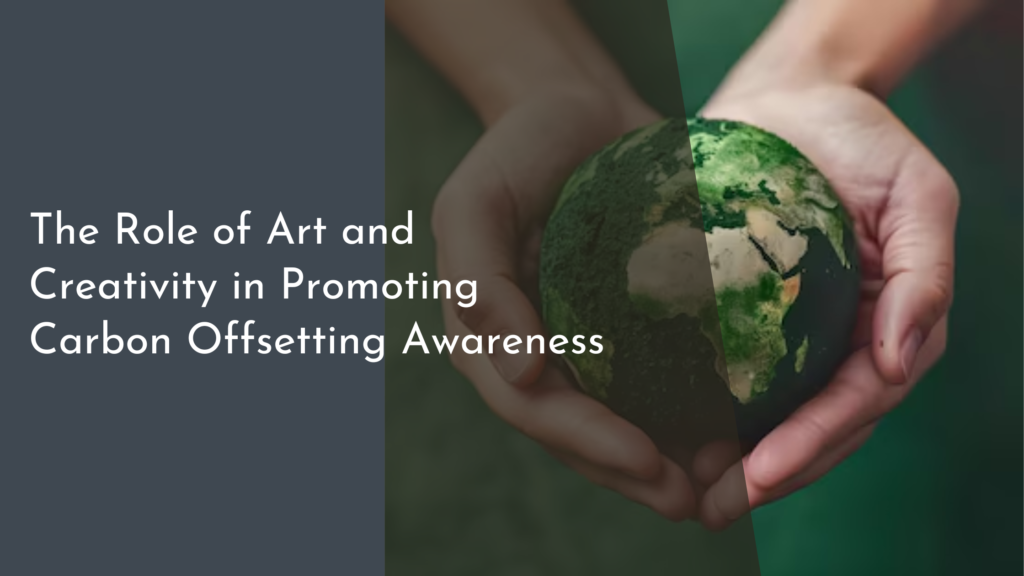How Urban Forestry Can Help Cities Meet SDGs
As urbanization accelerates, cities worldwide face significant challenges, from air pollution and heat islands to social inequality and biodiversity loss. Urban forestry emerges as a beacon of hope, offering a transformative solution to enhance urban environments while aligning with the United Nations Sustainable Development Goals (SDGs). By integrating trees and green spaces into urban landscapes, cities can create a healthier, more sustainable future for their residents. This article explores how urban forestry can not only beautify cities but also contribute significantly to achieving multiple SDGs.
Transforming Cities: The Green Benefits of Urban Forestry
Urban forestry plays a pivotal role in redefining city landscapes, turning concrete jungles into vibrant green spaces. Trees and vegetation help improve air quality by absorbing carbon dioxide and releasing oxygen, making urban environments healthier for inhabitants. Additionally, they mitigate urban heat islands, which are areas that experience significantly warmer temperatures than their rural counterparts due to human activities and infrastructure. By cooling the air, trees contribute to energy savings by reducing the need for air conditioning, leading to lower greenhouse gas emissions and a more sustainable urban infrastructure.
Moreover, urban forestry enhances biodiversity within cities, creating habitats for various species of flora and fauna. This increased biodiversity not only contributes to ecological balance but also engages communities in sustainability efforts. Urban green spaces serve as educational platforms, raising awareness of environmental issues and encouraging residents to participate in conservation activities. The integration of urban forestry into city planning can lead to innovative designs that prioritize sustainability, promoting a thriving ecosystem right at the heart of urban life.
Urban Trees: Natural Allies for Sustainable Development Goals
Urban trees are invaluable allies in the pursuit of multiple Sustainable Development Goals (SDGs). For instance, Goal 11 emphasizes the importance of sustainable cities and communities, and by increasing urban green spaces, cities can provide residents with better living conditions. Accessible parks and green areas improve social cohesion, foster community interactions, and provide recreational opportunities for all ages. These spaces encourage healthy lifestyles, reducing the burden on healthcare systems and contributing to SDG 3, which focuses on health and well-being.
Furthermore, urban forestry can contribute to economic development by creating jobs in tree care, landscaping, and forestry management. As cities invest in green infrastructure, they stimulate local economies and bolster resilience against climate-related shocks. This aligns with SDG 8, which promotes sustained, inclusive economic growth and decent work for all. By embracing urban forestry, cities foster an environment where both nature and people can thrive, promoting sustainable development and enhancing the quality of life for urban residents.
Enhancing Urban Life: Trees and Community Well-being
The presence of urban trees significantly enhances community well-being by promoting mental health and social interaction. Studies have shown that access to green spaces contributes to reduced stress levels and improved mood among residents. In bustling urban settings, trees provide a natural retreat, offering a serene environment to escape from the hustle and bustle of city life. Community parks adorned with trees serve as venues for social gatherings, cultural events, and recreational activities, fostering stronger community bonds and enhancing social capital.
Additionally, urban forestry initiatives can empower communities by involving residents in tree planting and care programs. Such engagement instills a sense of ownership and pride in local environments, encouraging people to take responsibility for their surroundings. By partnering with local organizations and volunteers, cities can cultivate a culture of environmental stewardship that strengthens community ties and promotes collective action towards a greener future. This participatory approach aligns with SDG 17, which emphasizes partnerships for the goals, fostering collaboration between governments, civil society, and local communities.
Greener Cities Ahead: Urban Forestry’s Role in Climate Action
As climate change poses an increasing threat to urban areas, urban forestry stands out as a crucial component of climate action strategies. Trees absorb significant amounts of carbon, acting as natural carbon sinks that help mitigate the impacts of climate change. By integrating more greenery into cities, urban forestry initiatives can reduce overall carbon emissions while enhancing resilience against climate-related events such as floods and heatwaves. This proactive approach aligns with SDG 13, which calls for urgent action to combat climate change and its impacts.
Moreover, urban forests help cities adapt to changing climatic conditions by improving stormwater management. Trees absorb rainwater, reducing surface runoff and lowering the risk of flooding in urban areas. This natural approach to water management not only protects infrastructure but also promotes healthy ecosystems that thrive in urban settings. By investing in urban forestry, cities can lead the charge in climate action, setting an example for sustainable practices that ultimately benefit both people and the planet.
Urban forestry is more than just planting trees; it is a holistic approach to creating vibrant, resilient, and sustainable cities. By leveraging the myriad benefits of urban greenery, cities can address pressing challenges while aligning with the Sustainable Development Goals. From enhancing community well-being to combating climate change, urban forestry plays a vital role in shaping a brighter and greener future for urban residents. As we embrace the power of trees, let us work together to cultivate lush, thriving cities that foster a harmonious relationship between nature and humanity.

